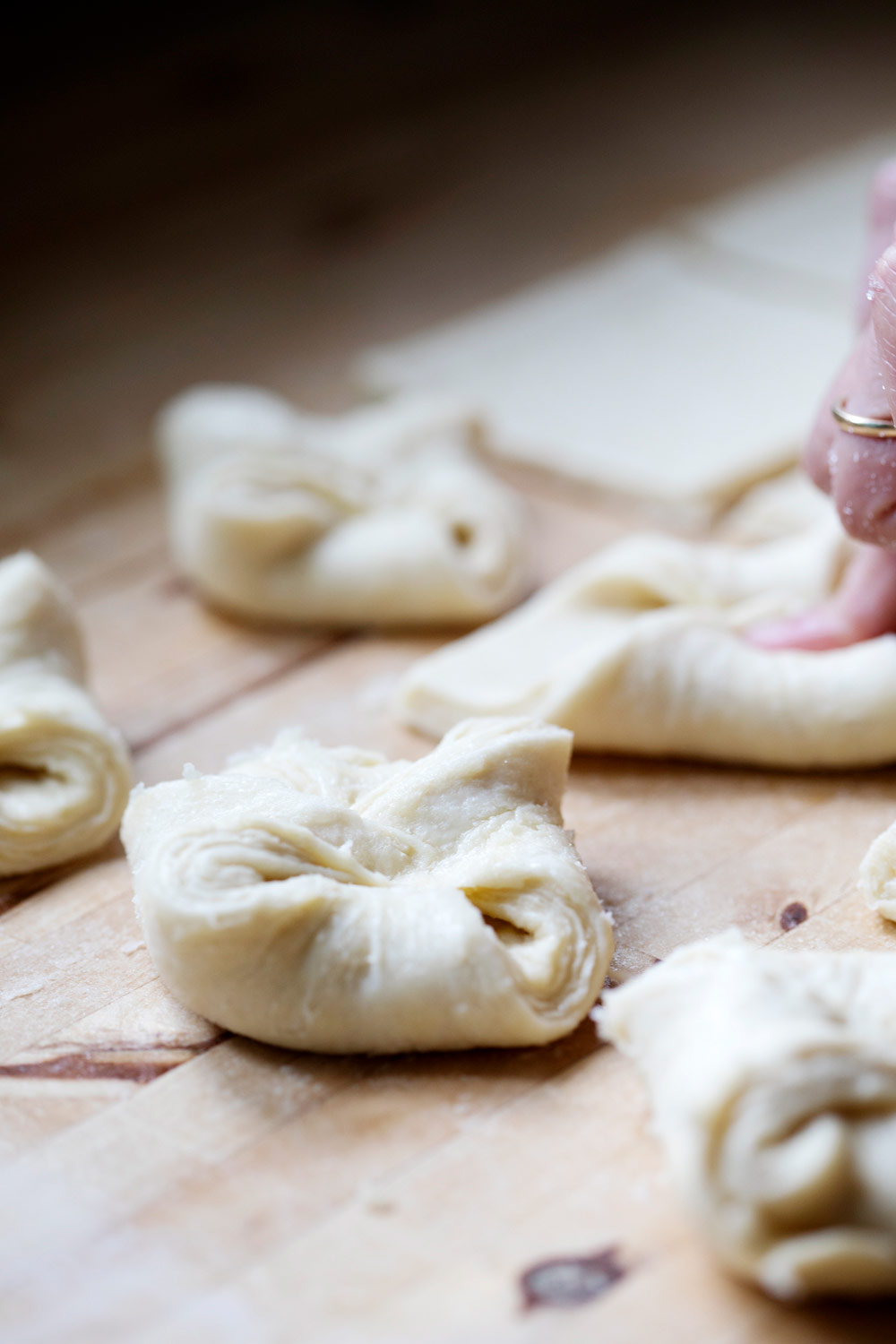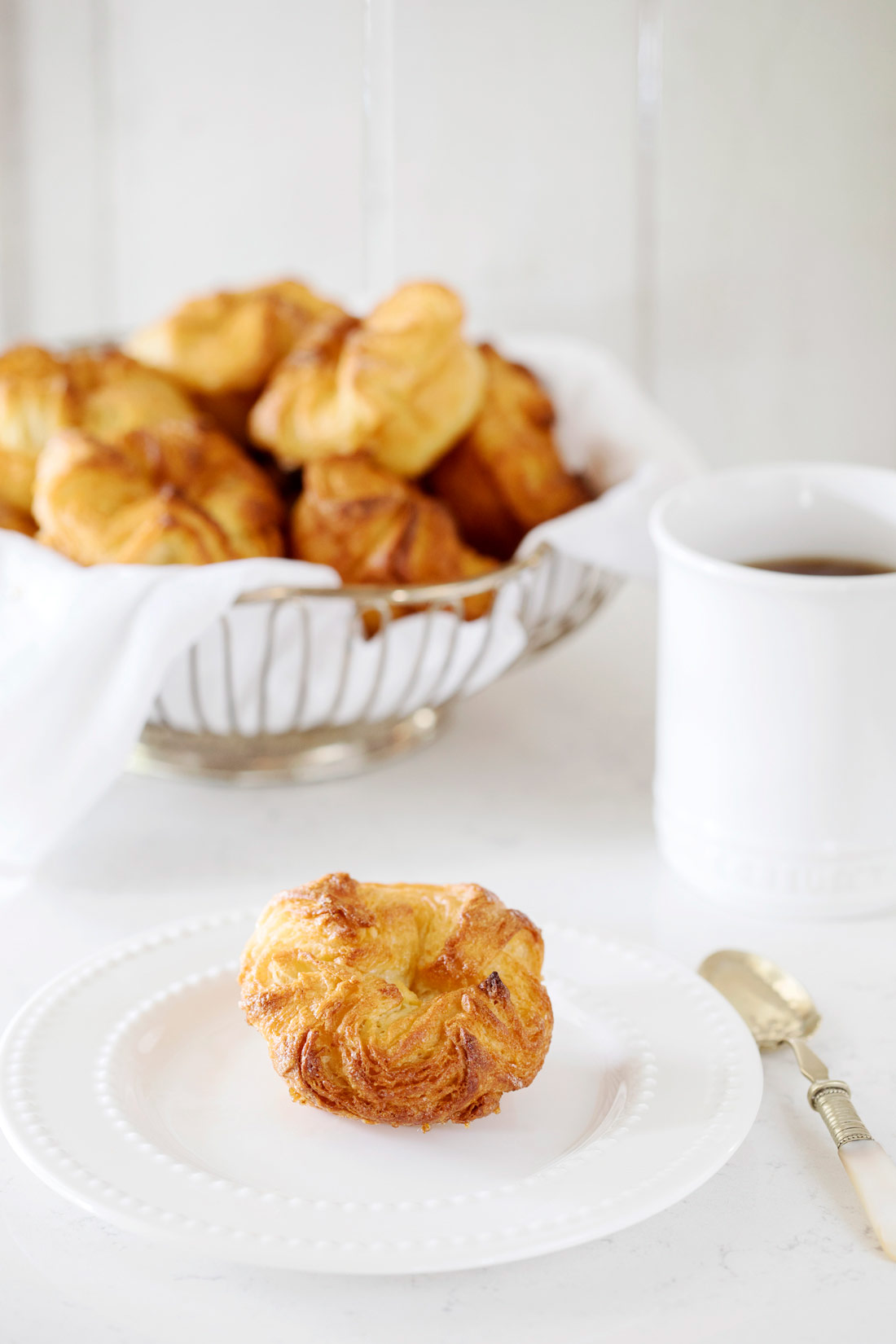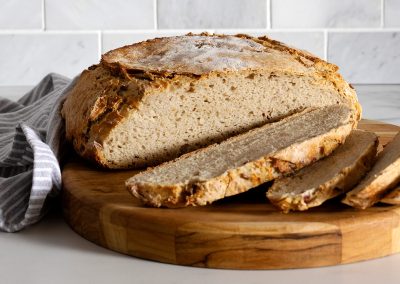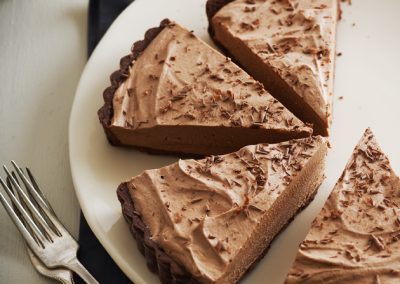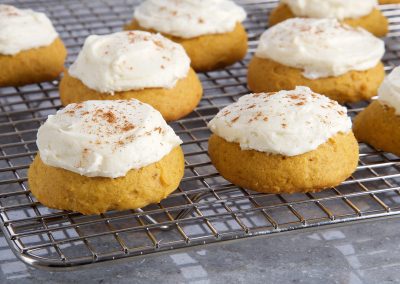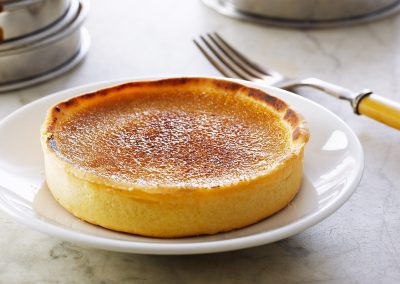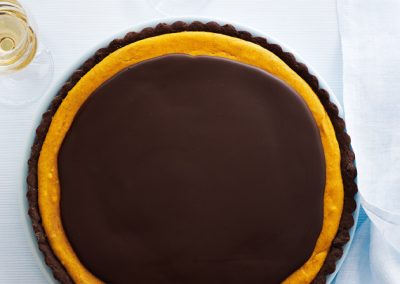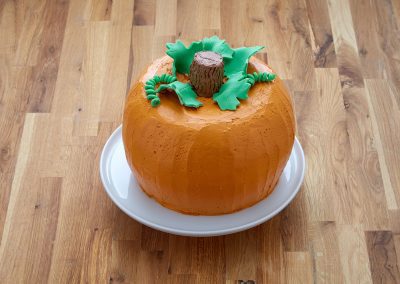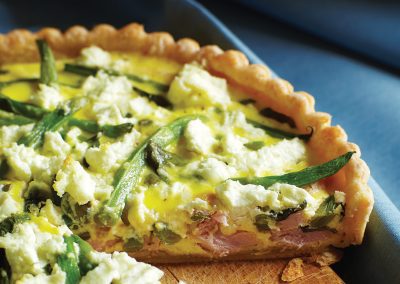Kouign Amann
Makes:
12 pastries
Prep Time:
30 minutes, plus resting and chilling
Cook Time:
35 minutes
Category:
Introduction
About this Recipe
Recipe from Set for the Holidays
Appetite for Random House, 2018
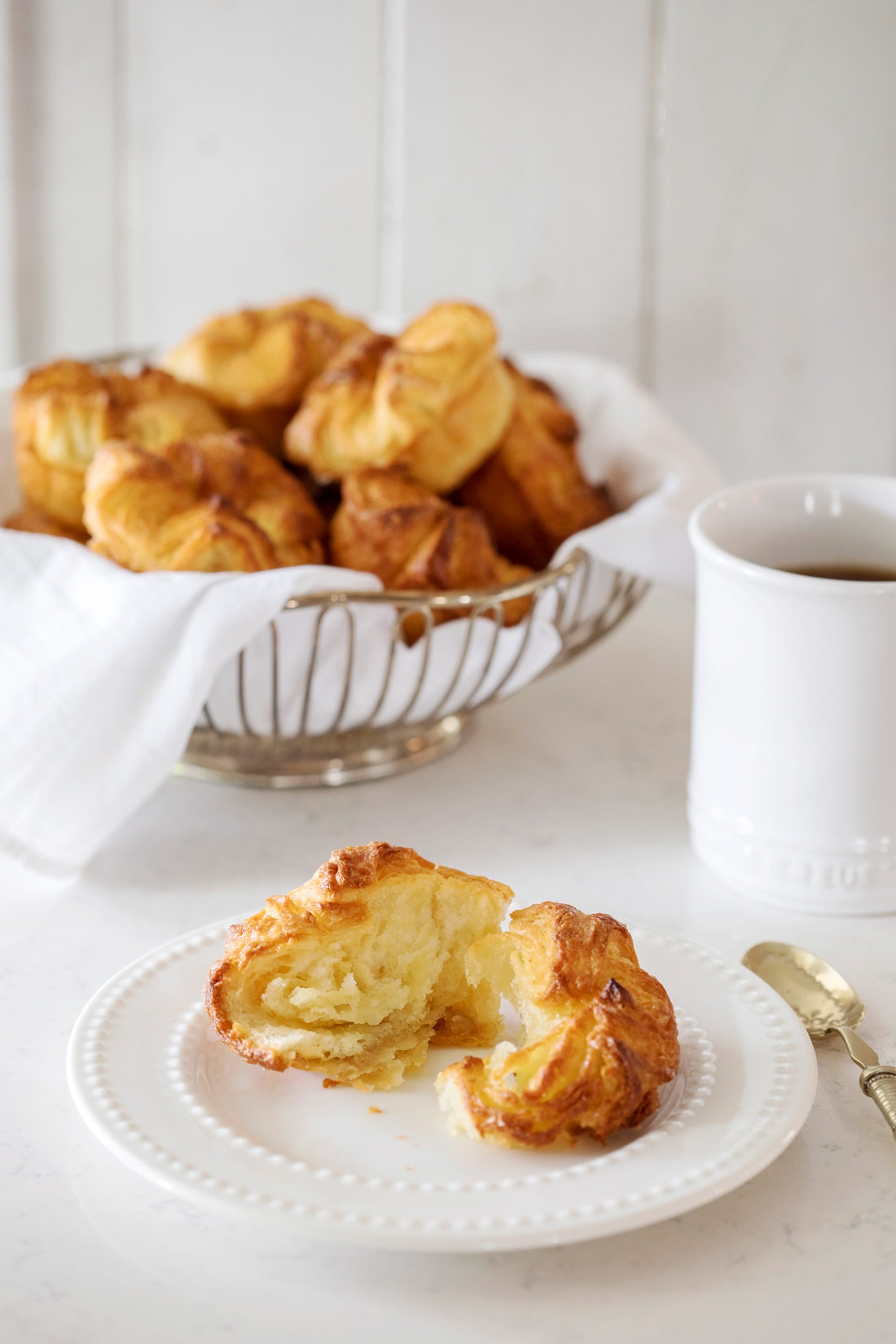
Ingredients
Dough
- 2½ cups (325 g) all-purpose flour
- 2 Tbsp (25 g) granulated sugar
- 1 pkg (2¼ tsp) instant dry yeast
- 1 tsp fine sea salt
- 1 cup (250 mL) cool water
- 2 Tbsp (30 mL) vegetable oil
Butter and Assembly
- 1 cup (225 g) unsalted butter, at room temperature
- ½ cup (100 g) granulated sugar, divided
Timing is key when rolling, folding and letting your kouign amann rise. If you do want to make these ahead of time to freeze and bake later, make the dough, do the first 2 folds and then freeze, well wrapped, for up to 3 months. Thaw the dough overnight in the fridge before continuing with the folds that use sugar. (If you were to freeze the assembled kouign amann, the sugar would liquefy once thawed and you would end up with sticky pastries that are difficult to handle.)
When you are rolling and folding the kouign amann in sugar for the final time, you need to work quickly—the more you handle the dough, the more it will warm up and then liquefy the sugar. Once you get the pastries into the pan, the pressure is off.
There are times when investing in top-quality butter really counts, and this is one of them (shortbread cookies are another). Most butter in Canada has a fat content of 80%, but premium butter has 82% (check the label). That extra 2% makes a big difference in a pastry where butter is important for flavour and texture.
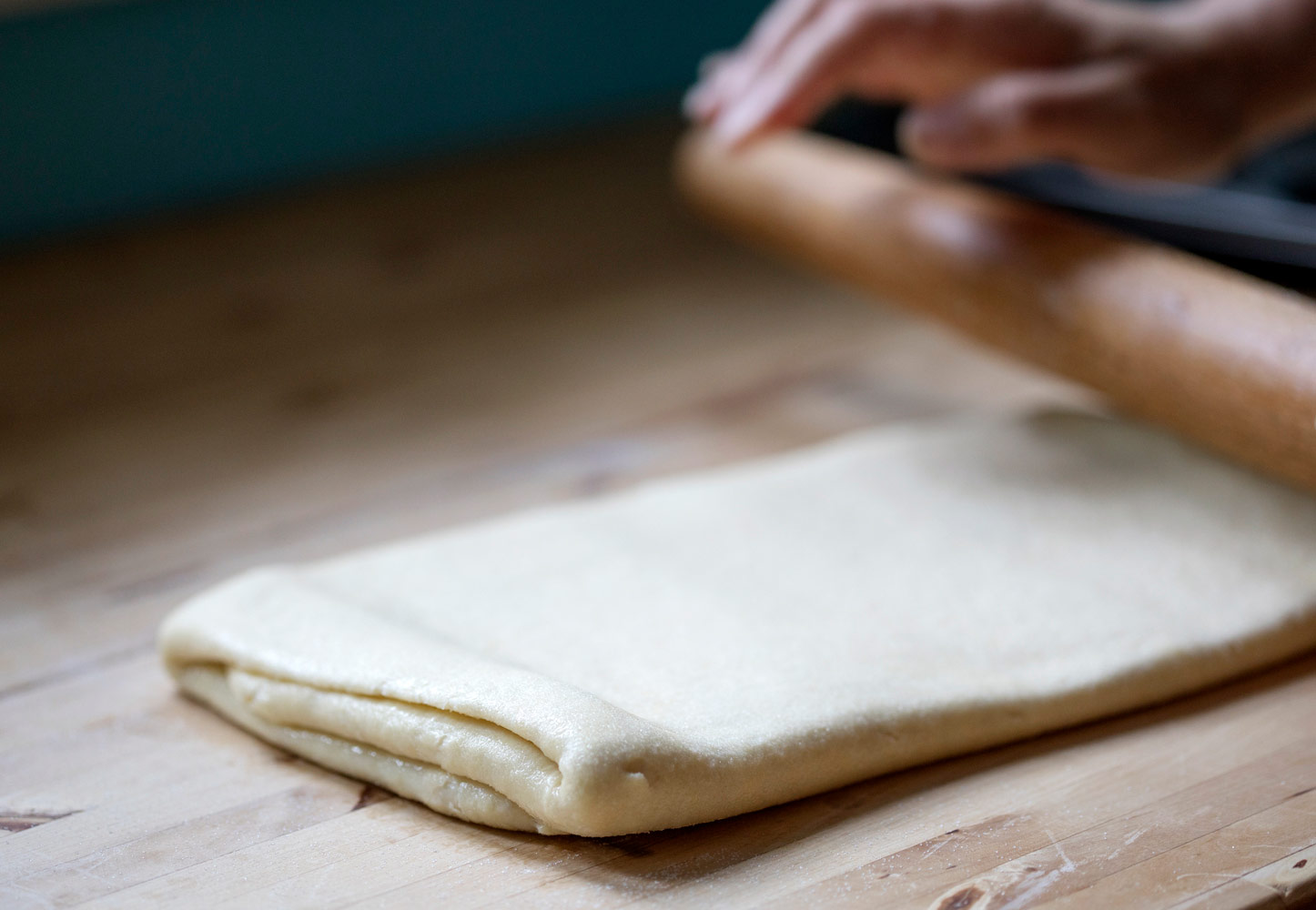

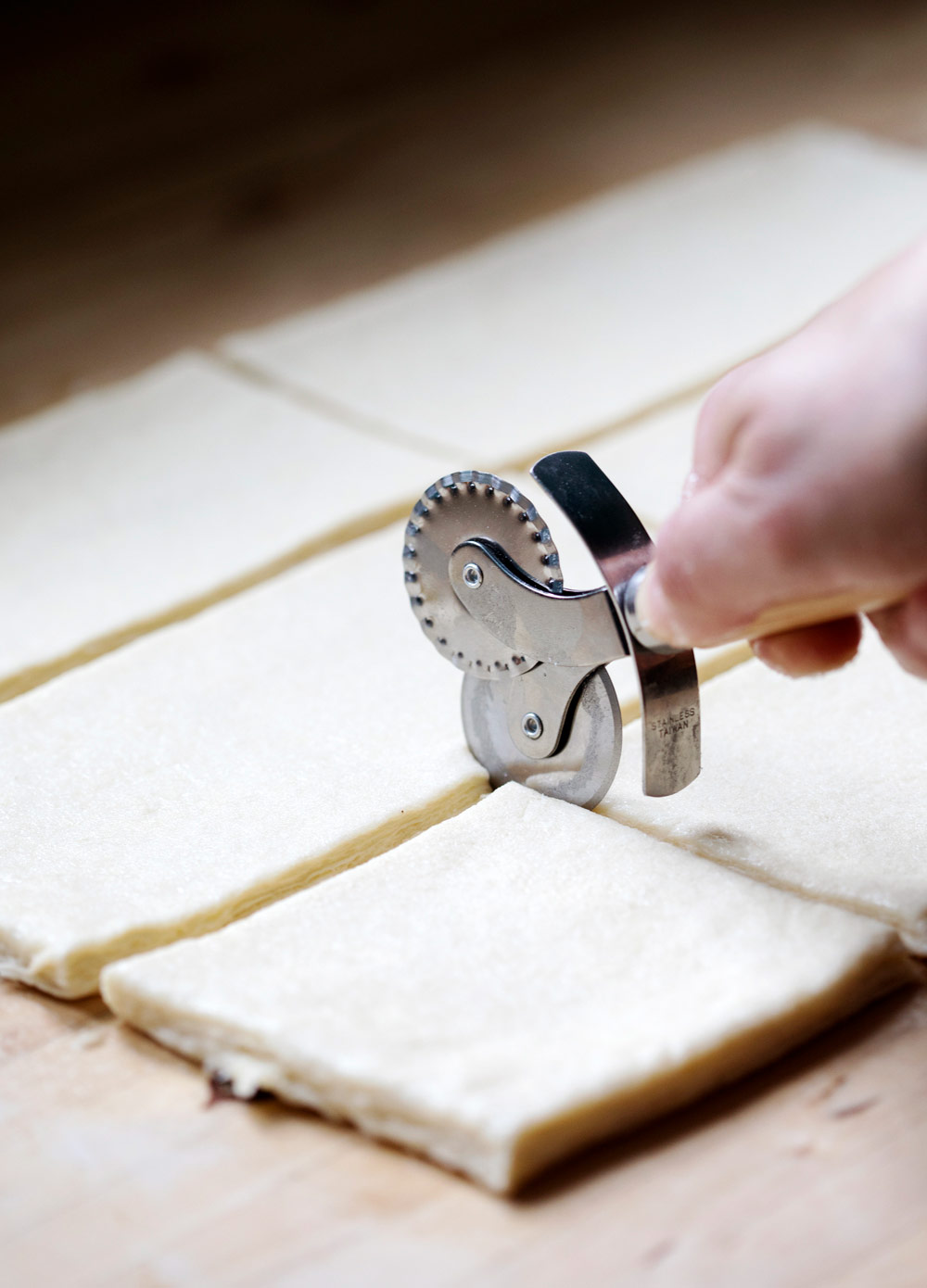
Step by Step Instructions
Step 1
For the dough, combine the flour, sugar, yeast and salt in a large mixing bowl, if mixing by hand, or in a stand mixer fitted with the hook attachment. Add the water and oil and stir together on low speed until combined. Increase the speed 1 level and mix until the dough feels smooth and elastic, about 4 minutes. (If mixing by hand, stir the dough with a wooden spoon until it becomes too difficult, and then turn it out onto a work surface once combined and knead until elastic, about 6 minutes. The dough should come off the bottom and sides of the bowl but will be relatively soft.)
Step 2
Place the dough in an ungreased bowl, cover the bowl with plastic wrap and let rise for 1 hour, until doubled in size. Punch the dough down, shape it into a 10-inch (25 cm) square (dust your hands with flour to prevent sticking), wrap in plastic and chill for at least 1 hour, or up to 8 hours.
Step 3
For the butter, beat the butter and 2 Tbsp (25 g) of the sugar together. Line the bottom and sides of a 9 × 5-inch (2 L) loaf pan with plastic wrap and press the butter into the bottom in an even layer. Wrap well and chill for at least 1 hour.
Step 4
If preparing the dough and butter more than 1 hour ahead, pull both out from the fridge 30 minutes before rolling. Turn the dough out onto a lightly floured surface. Place the rectangle of butter on top of the dough and fold the dough over so the sheet of butter is hidden. Press out any air pockets and pinch the dough, just a little, to enclose the butter.
Step 5
Roll out the dough to a rectangle 12 × 18 inches (30 × 45 cm), just under 1/2 inch (12 mm) thick. Bring the short sides together so that they meet in the centre and then fold the dough in half like a book. Rotate the dough 90 degrees and repeat, this time folding the dough into thirds. Wrap the dough in plastic wrap and chill for 1 hour.
Step 6
Lightly dust a work surface with 1/4 cup (50 g) of the sugar and roll out the dough to a rectangle 12 × 18 inches (30 × 45 cm), just under 1/2 inch (12 mm) thick. Sprinkle the top of the dough with the remaining 2 Tbsp (25 g) of sugar and fold it in thirds.
Step 7
Rotate the dough 90 degrees and repeat the rolling and folding (but not adding more sugar at this point). Wrap and chill the dough for exactly 20 minutes (any longer, the sugar will dissolve).
Step 8
Grease a 12-cup muffin pan and set aside. Unwrap the dough and roll it (no additional flour or sugar will be needed) into a rectangle 16 × 12 inches (40 × 30 cm) and just over 1/4 inch (6 mm) thick.
Step 9
Trim away any rough edges and cut the dough into twelve 4-inch (10 cm) squares.
Step 10
Bring the corners of each square into the centre, pinch them together and press down gently. Press each pastry into a muffin cup and cover the pan with a tea towel, letting the dough rise for 1 hour.
Step 11
Preheat the oven to 350°F (180°C). Place the muffin pan on a parchment-lined baking tray and bake for 30 to 35 minutes, until the kouign amann are a rich golden brown. Carefully turn them out of the pan (they will be sticky and hot) onto a wire rack to cool completely.
